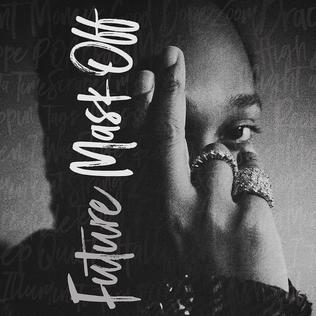Chapter 3#
From Gin and Juice to Global Icon
Snoop Dogg’s transformation is nothing short of remarkable, a journey that mirrors the evolving complexities of hip-hop itself. From the G-funk streets of Long Beach to Parisian Olympic commentary, the metamorphosis of Calvin Broadus Jr. reflects a cultural dialectic: fractured adversarial beginnings, iterative resilience through tokenized success, and an eventual synthesis of embodied mainstream acceptance. To understand his trajectory is to navigate the very architecture of American society, music, and identity over the past four decades.
1994: G-Funk and Fractured Beginnings#
In 1994, Gin and Juice wasn’t just a hit single—it was an anthem for a generation caught between defiance and despair. The song, a cornerstone of Snoop Dogg’s debut album Doggystyle, epitomized G-funk’s groove-heavy sound, pioneered by Dr. Dre and rooted in the funk legacy of Parliament-Funkadelic. But the “G” in G-funk was gangster, and Snoop’s lyrics were steeped in the raw, adversarial energy of a young man shaped by systemic neglect and societal inequities.
The Reagan era, with its lionization of free-market capitalism and a “war on drugs” that disproportionately devastated Black communities, loomed large in the backdrop. In the streets of Long Beach, survival often meant choosing between invisibility and defiance. Snoop’s fractured psyche was evident in Gin and Juice: the self-medication, the search for community amidst chaos, and the tokenized success of commercial rap. This was music as a mirror, reflecting a life where the iterative equilibrium—the hustle—was dictated by societal abandonment.
2004: The R&B Crooner Emerges#
Fast-forward a decade, and the Snoop Dogg of 2004 is almost unrecognizable. By then, the adversarial energy of Doggystyle had softened into a smooth, melodic groove. Enter R&G (Rhythm & Gangsta), an album that saw Snoop collaborating with Pharrell Williams to create Let’s Get Blown, a sultry track built on the same melodic DNA as Gin and Juice. The transformation was complete: the former G-funk gangster was now an R&B crooner.
This evolution wasn’t just musical; it was cultural. By 2004, hip-hop had become a dominant force in mainstream music, and Snoop had learned to adapt without losing his essence. Pharrell’s production was key, blending Snoop’s laid-back delivery with melodies that appealed to a broader, more commercial audience. The adversarial edge of his early years was repurposed into a charm offensive. Snoop wasn’t just a rapper anymore—he was a brand, a household name.
2014: The Mainstream Embrace#
Another decade brought even more radical transformations. By the 2010s, Snoop had transcended music entirely, becoming a pop culture icon. His collaboration with Martha Stewart on Martha & Snoop’s Potluck Dinner Party was emblematic of this phase—a convicted felon and a domestic goddess, united by their shared charisma and reinvention. The show wasn’t just entertaining; it was symbolic of Snoop’s ability to straddle cultural boundaries. He was no longer just a rapper or even an R&B crooner; he was a unifier, a personality capable of appealing to every demographic.
This period also saw Snoop dabble in children’s entertainment. His animated series, Doggyland, teaches children about social-emotional learning through catchy songs and vibrant characters. That Snoop Dogg, once the embodiment of G-funk’s hedonistic rebellion, would become a trusted figure in educational programming is a testament to his transformation.
2024: The Global Icon#
By 2024, Snoop Dogg is not only a musician, actor, and media personality but also a commentator for the Paris Olympics—a role that cements his place in the global mainstream. This evolution highlights his extraordinary adaptability. Unlike many of his contemporaries who faded into obscurity or clung desperately to their original personas, Snoop embraced change. He moved from the fringes to the center, transforming the adversarial energy of his youth into a cooperative force that resonates across cultures and generations.
The key to Snoop’s transformation lies in his ability to navigate the dialectics of identity. He has never abandoned his roots, but he has reimagined them, taking the fractured pieces of his early life and reassembling them into a narrative of resilience and reinvention. From Gin and Juice to Let’s Get Blown, from the streets of Long Beach to the Paris Olympics, Snoop Dogg’s journey is a testament to the power of transformation—not through erasure, but through evolution.
In the end, Snoop Dogg’s transformation isn’t just a personal story; it’s a reflection of hip-hop’s journey from the margins to the mainstream, from an adversarial equilibrium born of systemic inequities to a cooperative embodiment of global culture.

